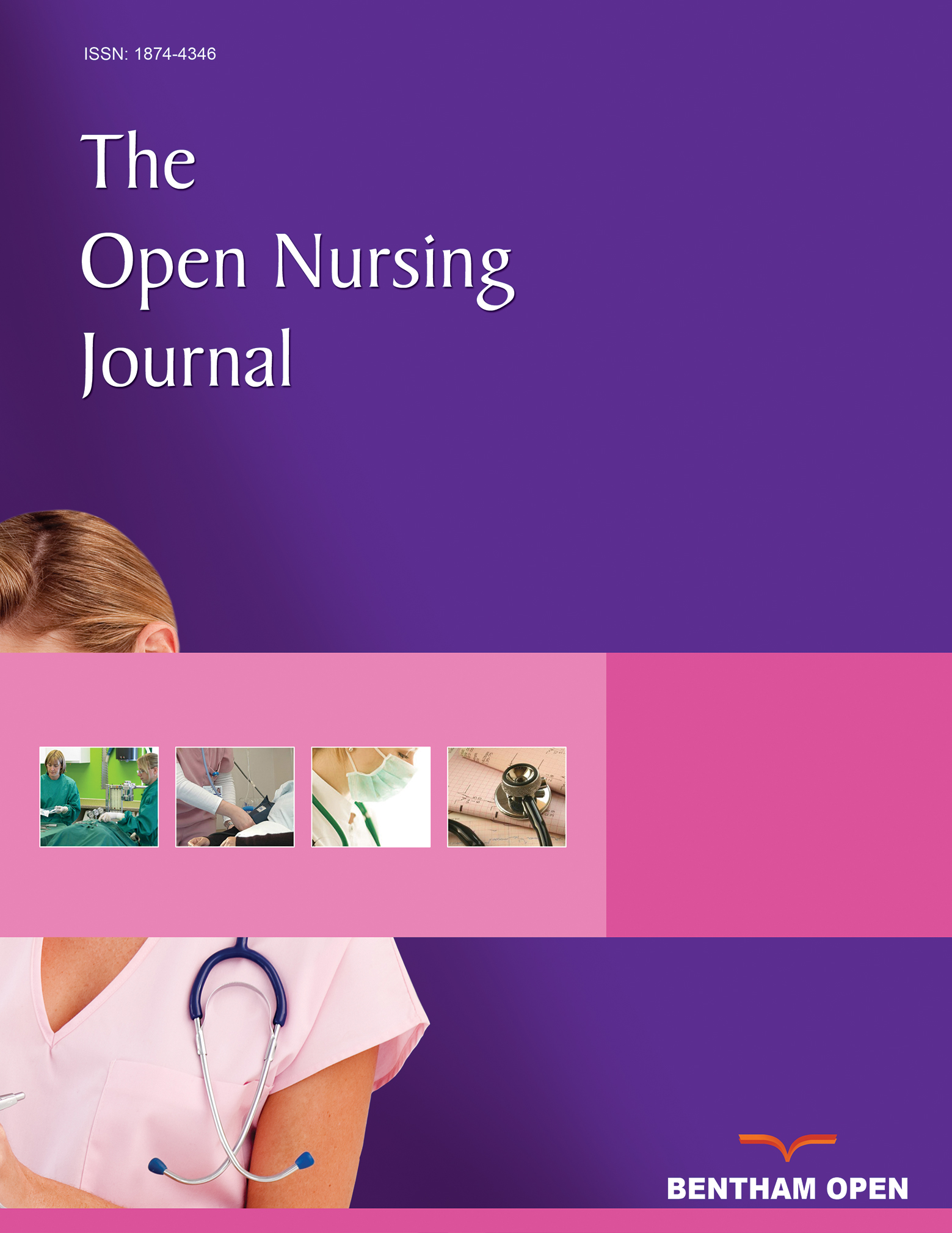All published articles of this journal are available on ScienceDirect.
Pain Assessment Among Non-Communicating Intellectually Disabled People Described by Nursing Staff
Abstract
The purpose of this study was to describe pain assessment among non-communicating intellectually disabled people living in long term care described by nursing staff. The target group of the study consisted of the nursing staff working at seven mental retardation units in different parts of Finland. The data were collected during spring 2008 by a semi-structured questionnaire (Non-communicating Children’s Pain Checklist – Revised, N=222), and the response rate was 82% (n=181). The data were analyzed by statistical methods (Kruskall-Wallis test, Mann-Whitney U test) and by content analysis. The findings were described as parameters, frequencies, percentages, and as statistical significance.
The nursing staff considered their competence in identifying pain in non-communicating intellectually disabled people to be adequate, and they were of the opinion that enough attention is paid to pain. Almost all nursing staff assessed pain and the effect of treatment of pain on the basis of behavioural changes. Two thirds assessed the pain based on physiological changes. However, no pain assessment tools were used to assess pain and the effects of managing it. Two thirds of the staff considered the pain threshold to be high among non-communicating intellectually disabled people.
The findings of this study can be utilized in nursing practice and research, as well as in further education for pain assessment. Additional studies are needed to develop pain assessment to be more systematic among non-communicating intellectually disabled people.


